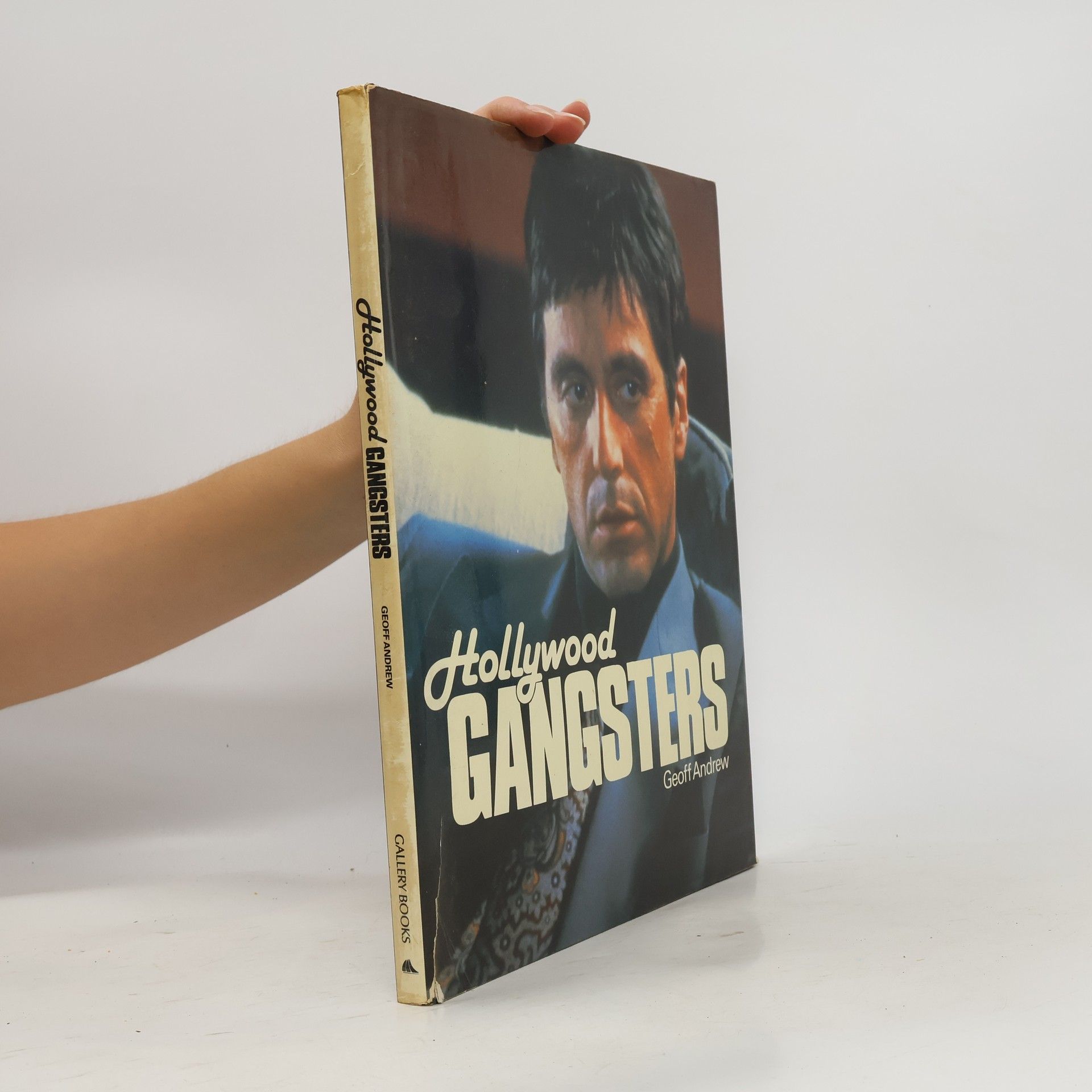Kniha (s předmluvou Garyho Oldmana) nazvaná podle filmu amerického nezávislého režiséra Jima Jarmusche /byl jeho prvním úspěchem a získal Zlatou kameru v Cannes/ je přínosem na poli filmové vědy - je věnována tvorbě amerických nezávislých filmařů, tvořících mimo hlavní proud Hollywoodu.Příručka encyklopedického charakteru vypráví nejen o průkopnících nezávislého filmu, ale také rozsáhle rozebírá tvorbu takových režisérů, jako jsou David Lynch, John Sayles, Wayne Wang, Jim Jarmusch, bratři Coenovi, Spike Lee, Todd Haynes, Steven Soderbergh, Hal Hartley či Quentin Tarantino; ti kráčejí ve stopách svých předchůdců jako Jean-Luc Godarda či Roberta Altmana, mění tradiční filmové stereotypy a vypravěčské postupy a dávají tak vzniknout americkému undergroundu. Dostane se nám zasvěceného výkladu o minulých i současných tendencích americké nezávislé kinematografie, dozvíme se o jejích počátcích a dějinách, a také o tom, jak se nezávislým podařilo prorazit i přes drsnou hoollywoodskou konkurenci. Pro českého čtenáře a filmového diváka je kniha zajímavá také proto, že s podobnými tématy se pultech našich knihkupectví setkáváme zřídka a v omezené míře.
Geoff Andrew Knihy



Little Ceasar, Scarface, St. Valentine day massacre and more.
The Iranian director Abbas Kiarostami burst onto the international film scene in the early 1990s and was widely regarded as one of the most distinctive and talented modern-day directors. His major features - including Through the Olive Trees (1994), Taste of Cherry (1997) and The Wind Will Carry Us (1999) - are relatively modest in scale, contemplative and humanist in tone. In 2002, with 10, Kiarostami broke new ground, fixing one or two digital cameras on a car's dashboard to film ten conversations between the driver (Mania Akbari) and her various passengers. The results are astonishing: though formally rigorous, even austere, and documentary-like in its style, 10 succeeds both as emotionally affecting human drama and as a critical analysis of everyday life in modern Tehran. In his study of the film, Geoff Andrew considers 10 within the context of Kiarostami's career, of Iranian cinema's renaissance, and of international film culture. Drawing on a number of detailed interviews he conducted with both Kiarostami and his lead actress, Andrew sheds light on the unusual methods used in making the film, on its political relevance, and on its remarkably subtle aesthetic. He also argues that 10 was an important turning-point in the career of a film-maker who was not only one of contemporary cinema's most accomplished practitioners but also one of its most radical experimentalists.